
AI productivity tools are today’s go-to standard for optimizing efficiency, quality, and revenue. Many popular apps provide AI intelligence, either natively or through easy integration via third-party AI technology. It only takes one try, and you’re hooked.
For example, you can ask your AI writing app to summarize a large text into several bullet points. The result: a fully automated reworking of your text that removes or replaces words and rewrites hundreds of phrases into a few sentences. The goal is a much shorter, more impactful text with bullet points. Next, ask the tool to suggest alternative points or even argue against your points.
As we'll see, generative AI speeds up and improves your productivity in content management systems (CMS). Headless CMSs such as Prismic have an API-first architecture that allows users to integrate almost every tool we discuss in this article—be it content, social media, customer service, or web development. Prismic also offers native AI features that help content creators draft, refine, and optimize content directly within the platform.
In this article, we’ll focus on two domains—writing and code generation:
- AI writing tools help you research, write, edit, and manage content such as websites, blogs, and social media. They enhance client relations and help you strategize sales and marketing campaigns.
- AI code generators and app builders help you create software by generating the base code for your specific application needs.
Let’s jump in!
Chatbots
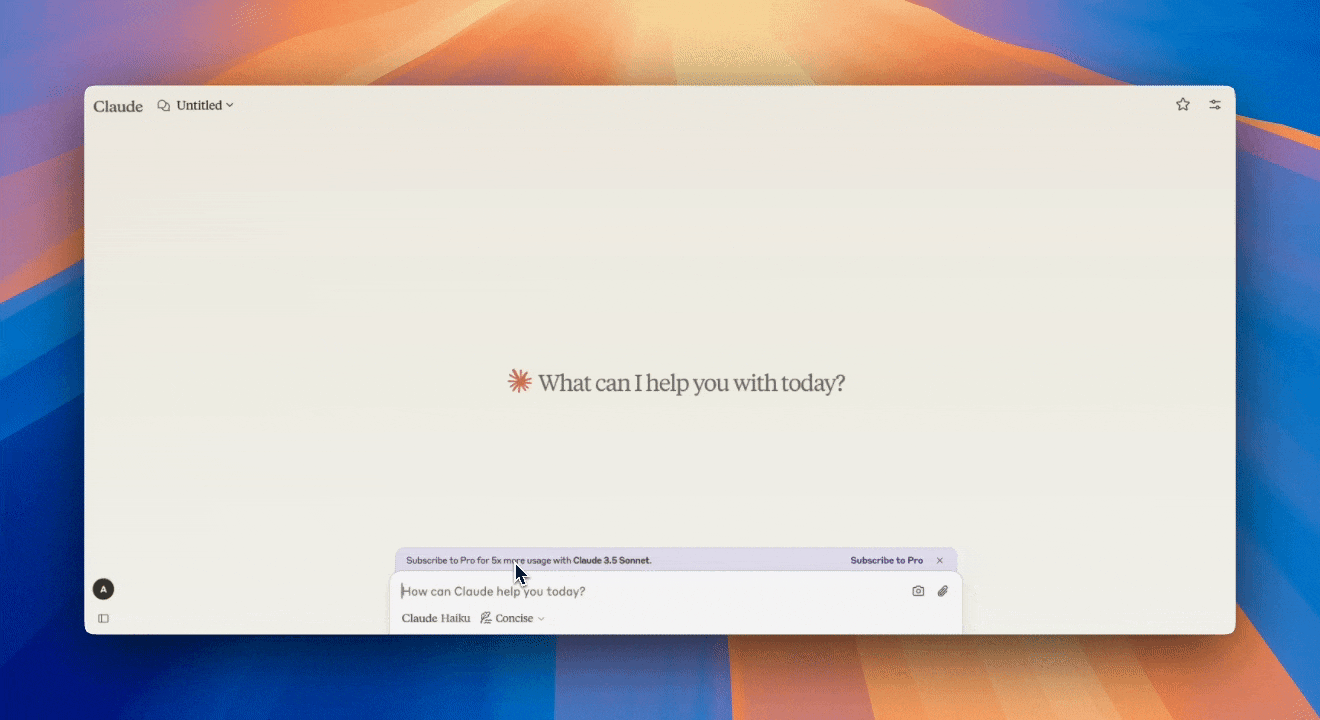
Today's top chatbots could pass the Turing test. They converse like a friend or mentor. They listen, reply, and ask questions to keep the chat meaningful. For instance, if you ask, "What is true happiness?" the chatbot offers popular answers. Then, it asks if you want to dive deeper, refine your question, or expand the topic.
ChatGPT—AI mentoring
We’ll start at the most unoriginal starting point: OpenAI’s ChatGPT. There’s no need to hide ChatGPT’s revolutionary force in text, research, image, and translation AI intelligence. Here, we’ll focus on its chatbot functionality.
But first, a note on parameters. Chatbots rely on LLM modeling, whose quality is in part based on its parameter count. Parameters are the individual data points the machine uses to learn, create knowledge, and make decisions. More parameters increase the model’s nuanced conversation.
ChatGPT’s parameter count is based on “8 models with 220 billion parameters each, for a total of about 1.76 trillion parameters.” Its most advanced premium-based version, GPT-4o, has over 2.8 trillion parameters. They will soon release GPT-5 with even more parameters.
So, what does all this mean for a chatbot? With ChatGPT, you are speaking to an all-knowing expert. It’s not necessarily a conversation; it is more of a Q&A that gives you great answers as soon as the first prompt. But more often, you’ll need to rework your prompt—removing vagaries and misleading words or clarifying any misconceptions. ChatGPT is a great listener, but it’s up to you to provide the most appropriate prompt. ChatGPT, while powerful for everyday usage, requires time and experience to master quality prompts.
Claude
Anthropic’s Claude is an equal force. It has the same quality responses as the best chatbots, relying on 500 billion—2 trillion parameters (numbers depend on the source and unconfirmed by Anthropic).
But Claude’s conversational skills set it apart. Claude feels like a friend and mentor who walks you through your query, taking it in many directions. Instead of you reworking your prompt, Claude asks follow-up questions that help you ask better questions. So, while ChatGPT’s responses improve as you fine-tune your questions, Claude reworks your query for you by providing suggestions on how to go further.
Other chatbots: Gemini, Microsoft Copilot, and Meta AI.
Content creation—AI writing apps
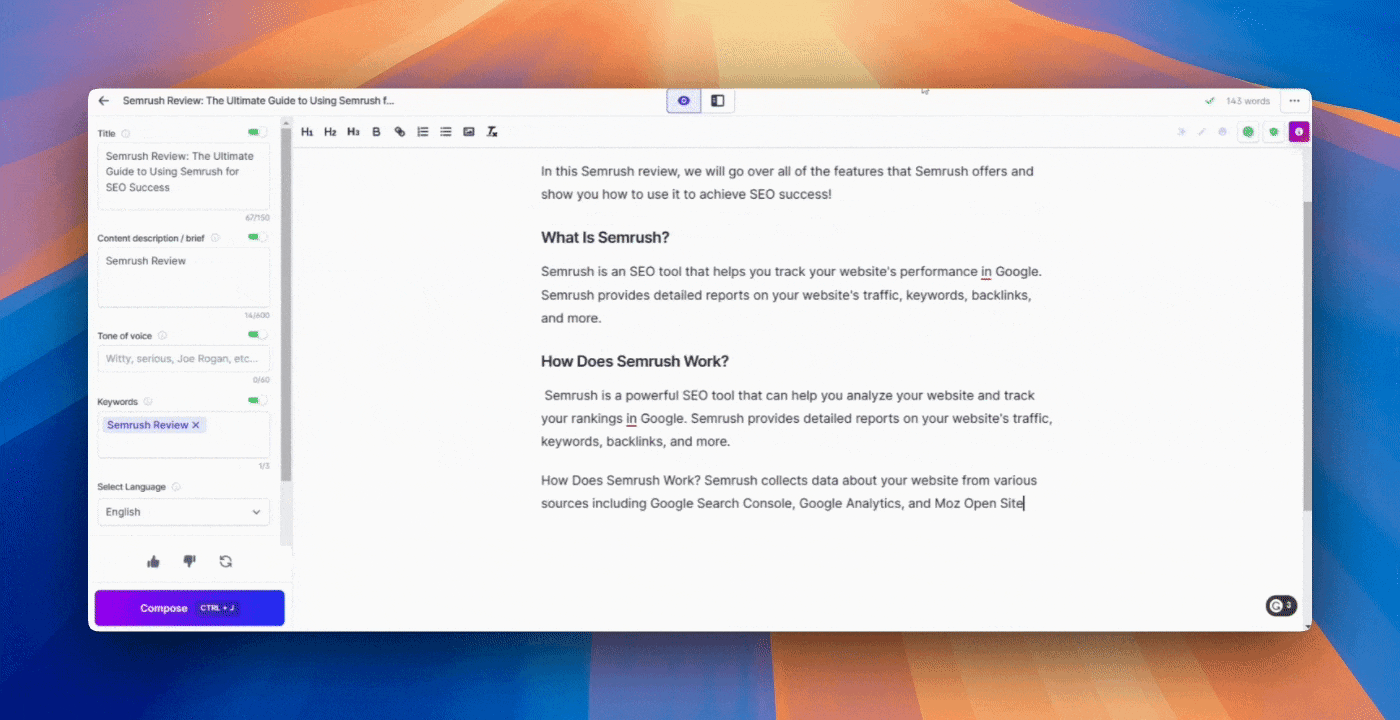
While Chatbots provide conversation, text generators provide publishable prose. CMS users can therefore focus on the ideas and let AI generate a nearly finished publication.
In short, you can use AI-writing apps to generate long form blogs and thought-leadership content with:
- Human-like tone and style. Essentially, the criteria for sound output is: “What would a writer write?”
- The Four Cs: Clear, Complete, Concise, Correct. You can add a few others—Credible, Conviction, Coherence, and, of course, creative - or flair.
Jasper AI
Jasper.AI delivers professional content that an author could take as a starting or near-completed point. It generates such content as blogs, social media posts, and UI text. It does this with a few summary narratives that you provide. You can, for example, provide a complete narrative storyline and ask it to open it up with a directive such as “make it humorous” or “dry and technical.” Jasper also offers many customizable templates to ensure that it generates your desired format.
Copy AI
Like Jasper, Copy.ai is a co-author: before generating the final text, it offers a chatbot-like interface that helps you brainstorm and ensure four-C content. It covers any subject in any tone or style.
Quarkle
Quarkle is lesser-known but worth looking into for its collaborative editing. It produces quality text like the others, depending on the quality of your prompt. Its Google Doc-style interface for commenting and editing sets it apart. It allows for real-time collaboration. Such teamwork functionality raises its value.
Other writing apps: SudoWrite and WriteSonic.
Text Editors
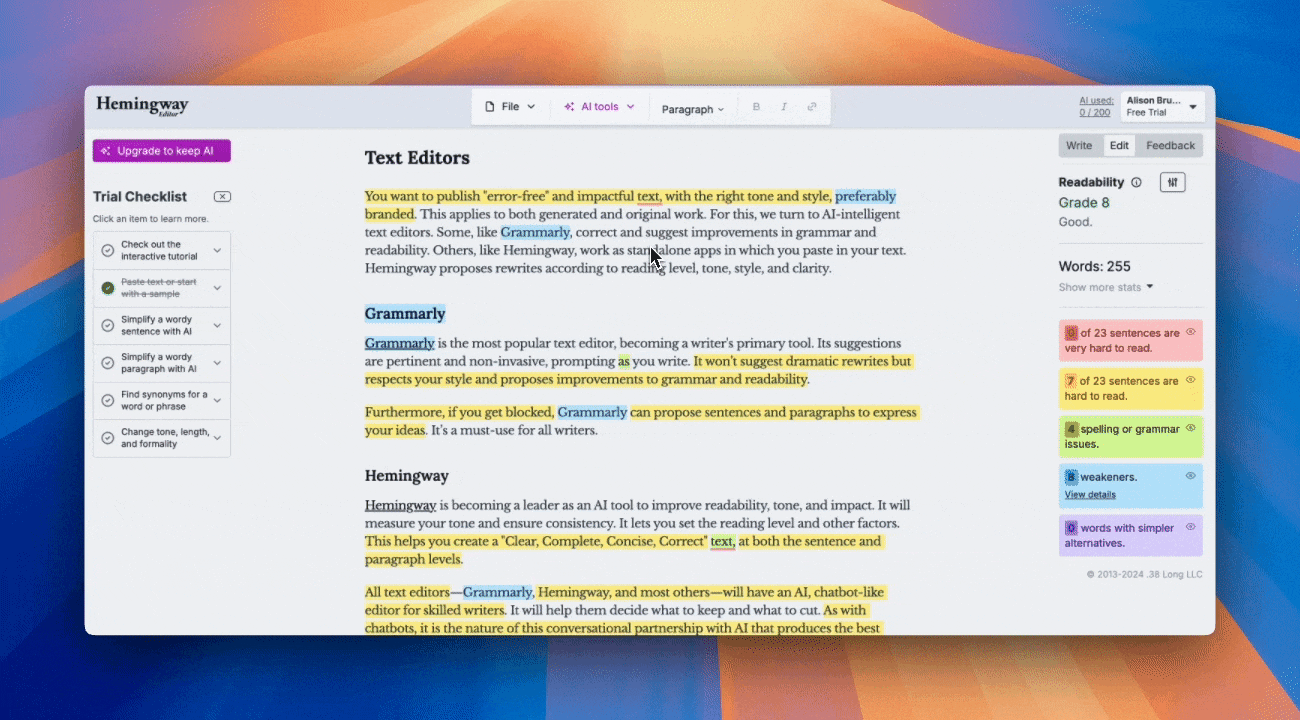
You want to publish "error-free" and impactful text, with the right tone and style, preferably branded. This applies to both generated and original work. For this, we turn to AI-intelligent text editors. Some, like Grammarly, correct and suggest improvements in grammar and readability. Others, like Hemingway, work as standalone apps in which you paste in your text. Hemingway proposes rewrites according to reading level, tone, style, and clarity.
Grammarly
Grammarly is the most popular text editor, becoming a writer's primary tool. Its suggestions are pertinent and non-invasive, prompting as you write. It won’t suggest dramatic rewrites but respects your style and proposes improvements to grammar and readability.
Furthermore, if you get blocked, Grammarly can propose sentences and paragraphs to express your ideas. It’s a must-use for all writers.
Hemingway
Hemingway is becoming a leader as an AI tool to improve readability, tone, and impact. It will measure your tone and ensure consistency. It lets you set the reading level and other factors. This helps you create a "Clear, Complete, Concise, Correct" text, at both the sentence and paragraph levels.
All text editors—Grammarly, Hemingway, and most others—will have an AI, chatbot-like editor for skilled writers. It will help them decide what to keep and what to cut. As with chatbots, it is the nature of this conversational partnership with AI that produces the best results.
Many text editors can be installed as extensions or fully integrated into your editor, such as Microsoft Editor.
Other AI text editors: ProWritingAid and Wordtune.
Accelerate your content creation with Prismic AI
Headless CMS platforms like Prismic offer powerful, API-first architectures that integrate seamlessly with AI productivity tools. Our built-in AI features empower content creators to draft, refine, and optimize content with unprecedented efficiency.
Prismic's AI capabilities help you:
✔️ Draft pages faster with AI-suggested sections and on-brand copy
✔️ Refine existing content by enhancing copy or generating missing parts
✔️ Smart copy-paste from Google or Notion to save time transferring content
✔️ Translate with AI to speed up your expansion to new markets
Explore Prismic's AI Features
Automated meeting transcriptions and note-taking
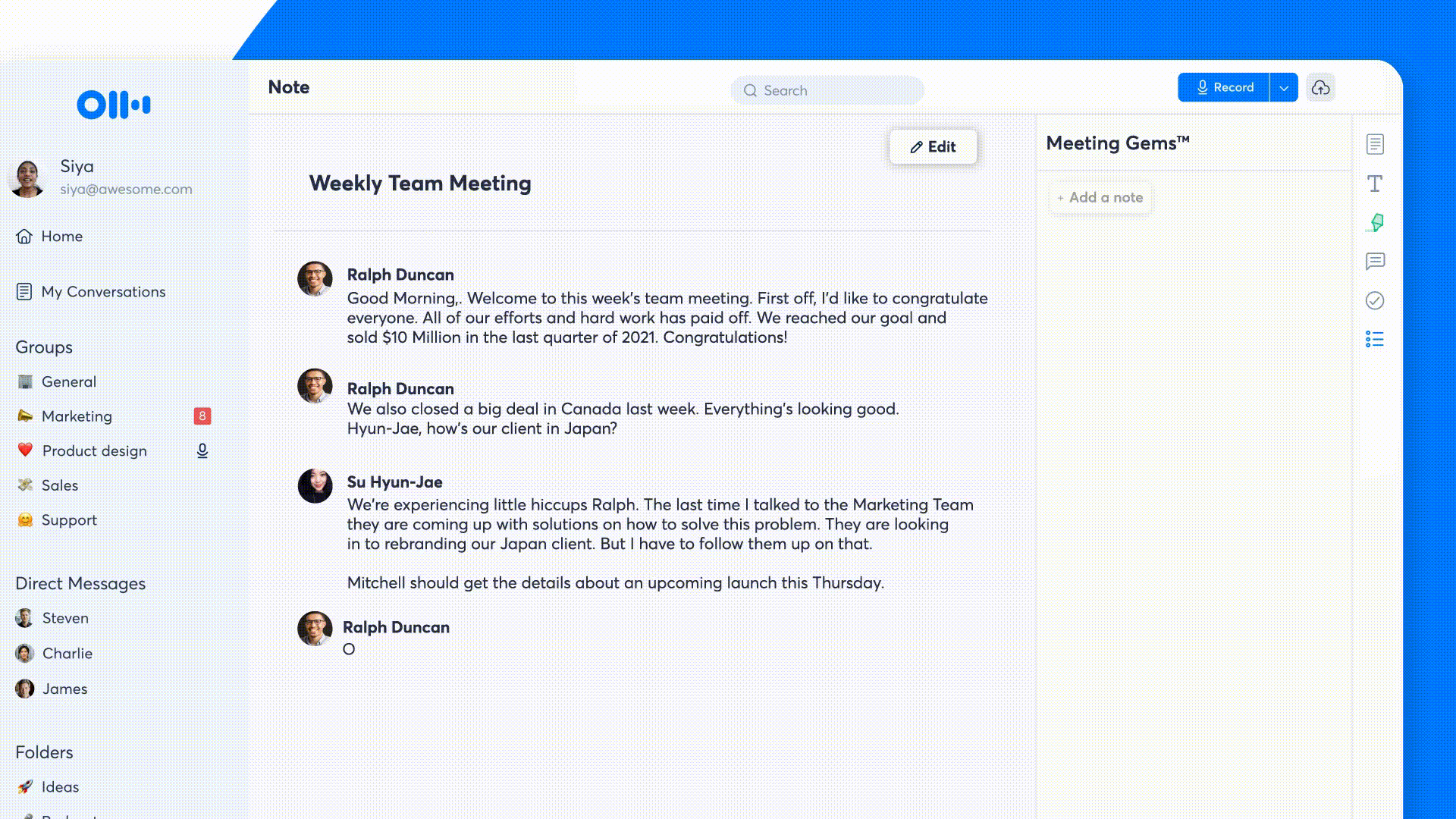
Otter.ai
Otter.ai provides real-time transcription services in most video conferencing software. It includes AI search features. Each transcription has an AI-generated summary, an outline, and a list of action items.
Gong and Chorus
Gong.ai and Zoominfo's Chorus, popular client relations tools, now use AI to transcribe sales calls and detect sentiments. They offer insights into customer behavior, helping sales teams improve their strategies.
Also, these tools give managers feedback. It helps them improve team strengths and fix weaknesses. Already widely used for sales coaching, they now offer chatbot-like mentorship to support sales manager goals.
CallMiner
CallMiner uses artificial intelligence in call centers to help sales personnel gain valuable insights from customer phone calls. By analyzing customer conversations, it improves the quality and success of customer service, while also adapting to any brand sentiment.
SEO-based marketing
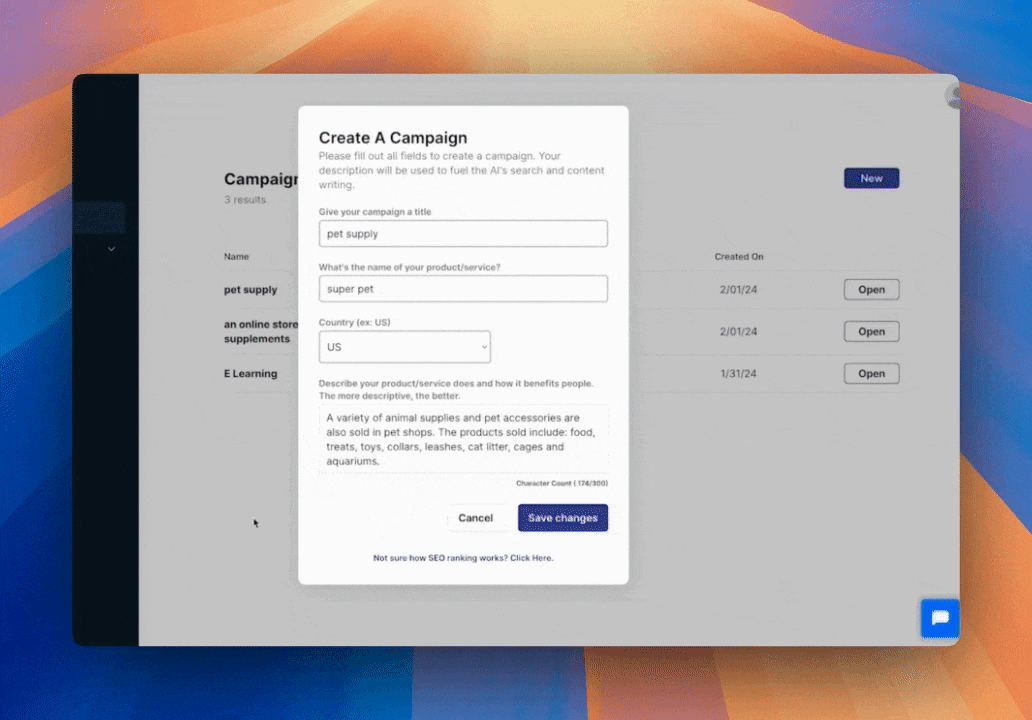
All content creators want to improve their SEO and personalize their content. SEO and personalization rely on data. CMS platforms that use AI-generated analytics are better able to target search engines and users.
Semrush
Semrush is a fully-featured marketing platform for SEO and content marketing campaigns. It helps companies run marketing strategies, such as SEO campaigns. You can identify trends that occur within your industry. It audits your current SEO and gives suggestions on improving your content. Additionally, Semrush identifies keywords for your campaign, measuring their competitivity and rank in the search engines.
For Semrush, the AI is not built-in; instead, it integrates AI tools into its products, enhancing their functionality. For example:
Semrush also partners with Google's AI Overviews, giving users direct access to Google’s AI-generated search summaries.
GREMI
GREMI also suggests keywords automatically and pairs them with content generation for each one. The platform features an AI Writer that creates topics and drafts in your brand's tone and voice.
Similar to Semrush, GREMI offers a content editor that reviews your writing and provides suggestions to boost your SEO. Its AI analyzes your target keywords to increase organic traffic, and it also provides data and insights through analytics.
Other SEO marketing tools: Surfer SEO and Hotjar.
First time here? Discover what Prismic can do!
👋 Meet Prismic, your solution for creating performant websites! Developers, build with your preferred tech stack and deliver a visual page builder to marketers so they can quickly create on-brand pages independently!
Social media management

AI tools for productivity cover every aspect of social media. They suggest, generate, and recycle text and visuals. They use AI to track trends and schedule postings at the right moment.
Rytr.me, Anyword, and Flick for content generation
Rytr.me’s is strong in generating short-form content. It produces excellent SEO copy for social media.
Flick excels at discovering ideas and brainstorming to research relevant topics in your sector. It then uses this ideation to generate snippets of social media content.
Anyword makes it easy to generate content for social media and ads. It also creates engagement scores and metrics and integrates with various ad platforms. For example, say your customer service employees want to tone down a heated feed. AI conversational analysis can help avoid certain triggers or detect when a customer is ready to calm down.
Other AI social media tools: FeedHive and Vista Social.
Feedly and Writer for analytics
Feedly detects industry insights and trends by monitoring the entire web, not just social platforms. This could include news sites, blogs, and newsletters, making Feedly a powerful tool for understanding market and global trends.
Writer also uses AI to generate analytics and social-media content. Its AI insights can consider your intentions and generate content based on your brand and product’s features.
SocialBee is a complete social media management tool that combines content creation and automated scheduling. It uses AI to create engaging content automatically. By inputting prompts, including captions and suggested hashtags, users can generate posts tailored to their needs. Additionally, SocialBee recycles content by automatically reposting it.
Code and App generators for developers
Many AI chatbots, like ChatGPT and Claude, can generate code using a conversational approach. Other tools are geared more specifically towards developers and improving productivity in their workflow. In this article, we will focus on two productivity tools from each of the following categories:
- Code generators
- No and low code app builders
Code generators
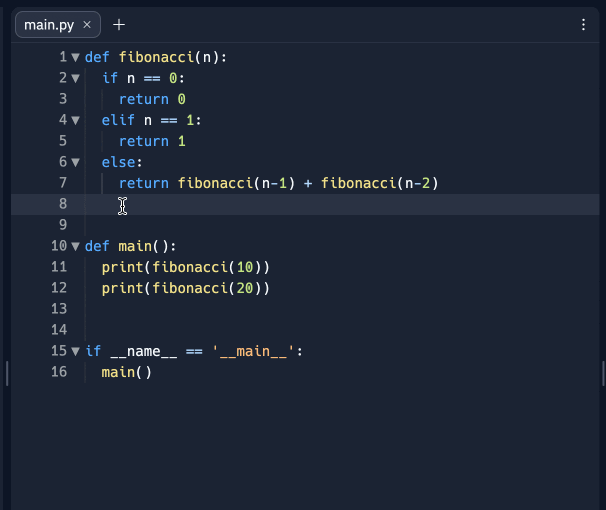
The core of a headless CMS is its integrative architecture. With an API-first CMS, developers code outside of Prismic and deliver interfaces that non-developers customize to their needs. AI app and code builders such as Prismic AI put non-developers at the helm, enabling them to generate the code.
Ghostwriter
Replit’s Ghostwriter helps developers write better and faster code. It uses AI to generate functions and files, suggest code blocks, and autocomplete code. Ghostwriter is also optimized for speed, and supports Python, Ruby, JavaScript, and many other leading programnming languages and frameworks.
PyCharm AI Assistant
Jetbrains' PyCharm is a popular integrated development environment (IDE) for Python developers. The AI Assistant, in addition to its other features like generating code and comments, can explain and answer questions about the code it generates and offer code suggestions.
The AI Assistant plugin relies on the JetBrains AI Service, which connects you to various large language models (LLMs) behind the scenes. This service enables AI-powered features in many JetBrains products, including models like Gemini, OpenAI Codex, and GitHub Pilot.
Other code generators: GitHub Copilot, OpenAI Codex, and Tabnine.
No and low code generators and app builders
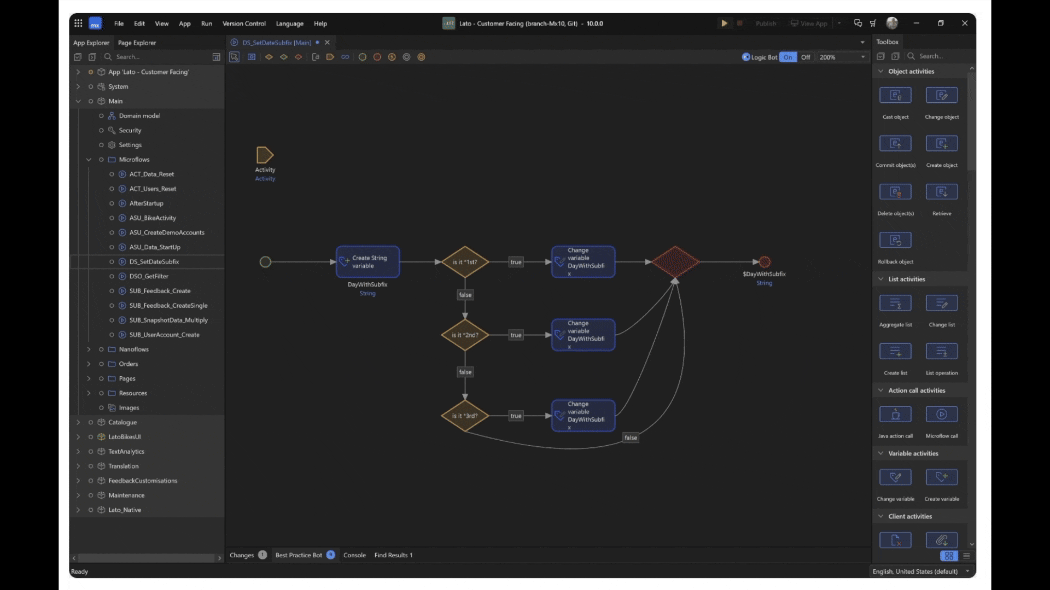
Developers are understandably skeptical about “no-code” generators. However, the claim of a no-code generator is not a no-developer fully functional application.
- No code is OK for simple applications, like webpages, websites, and MVPs, with little need for interactivity. These tools are especially good for small and large companies that cannot afford engineering resources.
- Low-code generators or AI app builders will be necessary for more complex software. The best of these enable non-technical and technical teams to collaborate on the same software. These tools allow developers to extend the code base into a more robust software application.
We’ve picked several that fall within the extremes: website generators for non-technical teams (Softr and BravoStudio) and app generators (Mendix and Bubble). The latter generates the "code-behind" for transparency and extensibility.
Softr and Bravo Studio for non-tech users
Softr offers a drag-and-drop editor for creating apps without writing code. Users can build a UI using built-in components and connectors for common software flows. It offers pre-designed templates for most common application needs, like blogs, webpages, and forms. You can also customize these templates to adjust colors, layouts, and other branding elements. Finally, the tool generates mobile, tablet, and desktop apps.
Bravo Studio is a no-code platform that transforms designs from tools like Figma and Adobe XD into fully functional mobile apps. It empowers users to build visually stunning, pixel-perfect apps without coding. The platform supports real-time collaboration, making it easy for teams to iterate and refine their designs. Bravo Studio lets designers and startups control branding. It quickly turns UI/UX prototypes into interactive mobile apps.
Mendix and Bubble for tech and non-tech collaboration
Mendix allows users to create custom software without needing extensive coding knowledge. Users can drag and drop components to build their applications. For complex tasks, it provides built-in connectors and APIs. They work with databases, third-party APIs, and other systems, all within Mendix.
Like most AI app builders, Bubble provides a drag-and-drop editor with a wide array of standard and customizable UI elements. It also has a robust database built in. Developers can also plug into external data sources or APIs. For more robustnest, Bubble lets users define logic based on user actions, like button clicks and logins. You can also build responsive applications that work on different devices.
Other AI app builders: m-Power and FlutterFlow.
Discover other AI productivity tools for developers
Our article on AI productivity tools for developers covers popular tools for generating code, documentation, testing routines, and release notes. It also explores tools that analyze code and suggest more efficient alternatives!
Conclusion
We could not possibly cover the breadth of the AI productivity tool market. Nor delve too deeply into twenty tools. By necessity, we’ve had to leave out some subjects. For example, pricing, ease-of-use, workflow management, and AI app builders that offer cloud hosting that enables companies to scale their AI transformation at low cost.
But we’ve given you more than a glance. If there’s one takeaway worth restating, it’s this: chatbots and their LLM models play a key role in the AI productivity tool domain. They drive the conversations and generate the content and code. Therefore, the choice of tool could very well come down to the choice of the LLM model running the tool.
With these and many other AI-based tools, skilled professionals can now raise their expertise to the next level. At Prismic, within our integrative CMS architecture, we've made productivity tools a core part of our services.







